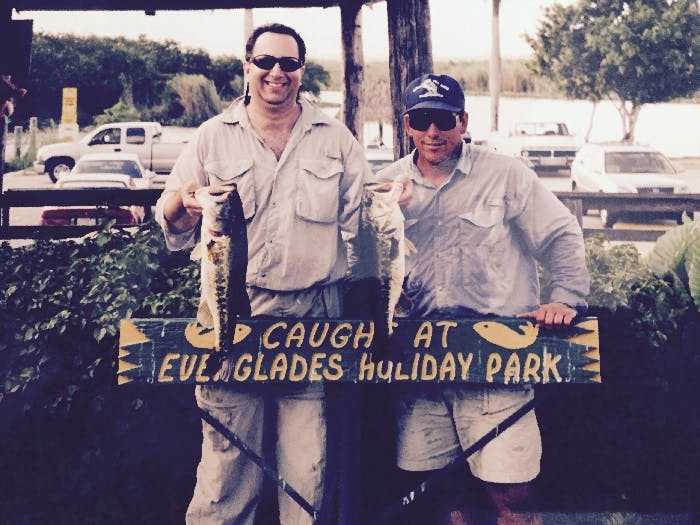If you go fishing, you are going to deal with knots and tangles. It’s inevitable. The thinness of the fishing line, the weight of the sinker, and the casting of your bait often creates an epic snarl of monofilament that looks like a messy bird’s nest. Until the problem is solved, everything comes to a grinding halt. It seems as if the fish are laughing when it happens but I can’t prove that.
Most every time I fish, I know I will tangle my line once or twice. It’s not an issue of “If it happens” but, rather, when it happens, “How will I fix it?” Recruiting is eerily similar. We know we are going to run into knots and tangles when we recruit — it is only a matter of how we manage them when they occur.
I have fished for over 40 years and recruited attorneys for almost 25 years. As a novice fisherman (when I was 9), my reaction to a tangle was strictly impulsive; take my knife, cut off the line, retie a hook and cast again. As an adult, I credit my friend and fishing guide, Paul Gator, for teaching me that a patient fisherman should decide which knots to untangle and which knots to cut. It may sound trivial but when we make decisions at our desk as a recruiter, we also make similar judgement calls about the methods we use to solve a problem. Many times, in hindsight, the fastest solution is not always the correct solution.
Untangling the Knot
On a hot summer day in 2002, I sat on Gator’s boat ready to make a cast with my brand new rod and reel. Freshly spooled with line, I confidently pitched my bait towards a lily pad in the Florida Everglades. As luck would have it, my first cast went astray and I was staring at a large knotted ball of tangled fishing line hanging from the reel. It was an ugly thing and I impatiently asked Gator for his fishing knife to cut it away.
He looked at the reel, looked at me, and looked back at the reel. In a calm voice he said, “Take your time, untangle it and don’t cut it.” It was his tone that gave me pause. It was pleasant, but firm.
“There’s a time to cut a line and a time to untangle it,” he counseled. “From the looks of things, it’s fixable” Although I wasn’t in the mood for a philosophy lesson and wanted to get back to fishing, there was something in the way he said it that gave me pause.
I perched on the narrow bow of the boat and began, slowly, to assess the situation. With awkward fingers, I poked and pulled on the line, trying to figure out how to make progress with the unyielding mess. Five minutes went by and the knot looked the same. Gator glanced over and simply said, “Stay with it.” Something didn’t seem fair. He was fishing and I was not.
I gritted my teeth and kept studying the knot. By concentrating, I saw how it was actually created; the line had looped around the spool, made a few right turns and twists and then looped back on itself. Slowly, I was able to gain an inch, then a foot and after about 15 minutes, I wound up the line, free of all entanglements. Gator looked over and flashed a grin. For that particular knot, patience triumphed over expediency.
Over the course of dozens more fishing trips, I encountered many more tangles. It became a running source of amusement and pride for Gator watching me work the line without ever asking for his knife. I understood what Gator was teaching: patience has its place, and we shouldn’t be always quick to jump to conclusions for the sake of expediency. He had learned this skill as a veteran firefighter where lives and property were at stake. For Gator, the issue was not about saving a few feet of fishing line, it was about making reasoned decisions.
Take A Second Look
Similarly, as a recruiter, I have run into my share of tangles. Where I would have been quick to dismiss a candidate or client, or take any other course of action because it seemed to be expedient, I found, over time, that it was more rewarding to take a second, or third look, at a situation before finally deciding what to do.
The true art of being a top recruiter is being open to flexible and patient ways of thinking and identifying instead of acting on impulse. Creatively solving recruiting problems leads us down paths we may not originally have thought to take and, in turn, leads to more placements.
Losing some of our knee jerk reflexive reactions to situations we may have had in the past while honing our patience is fundamental to growth as a top recruiter. The next time you find yourself with an unexpected snarl in your personal or professional life, consider trying to first untangle the line instead of automatically reaching for the knife. Both Gator and I will thank you.
